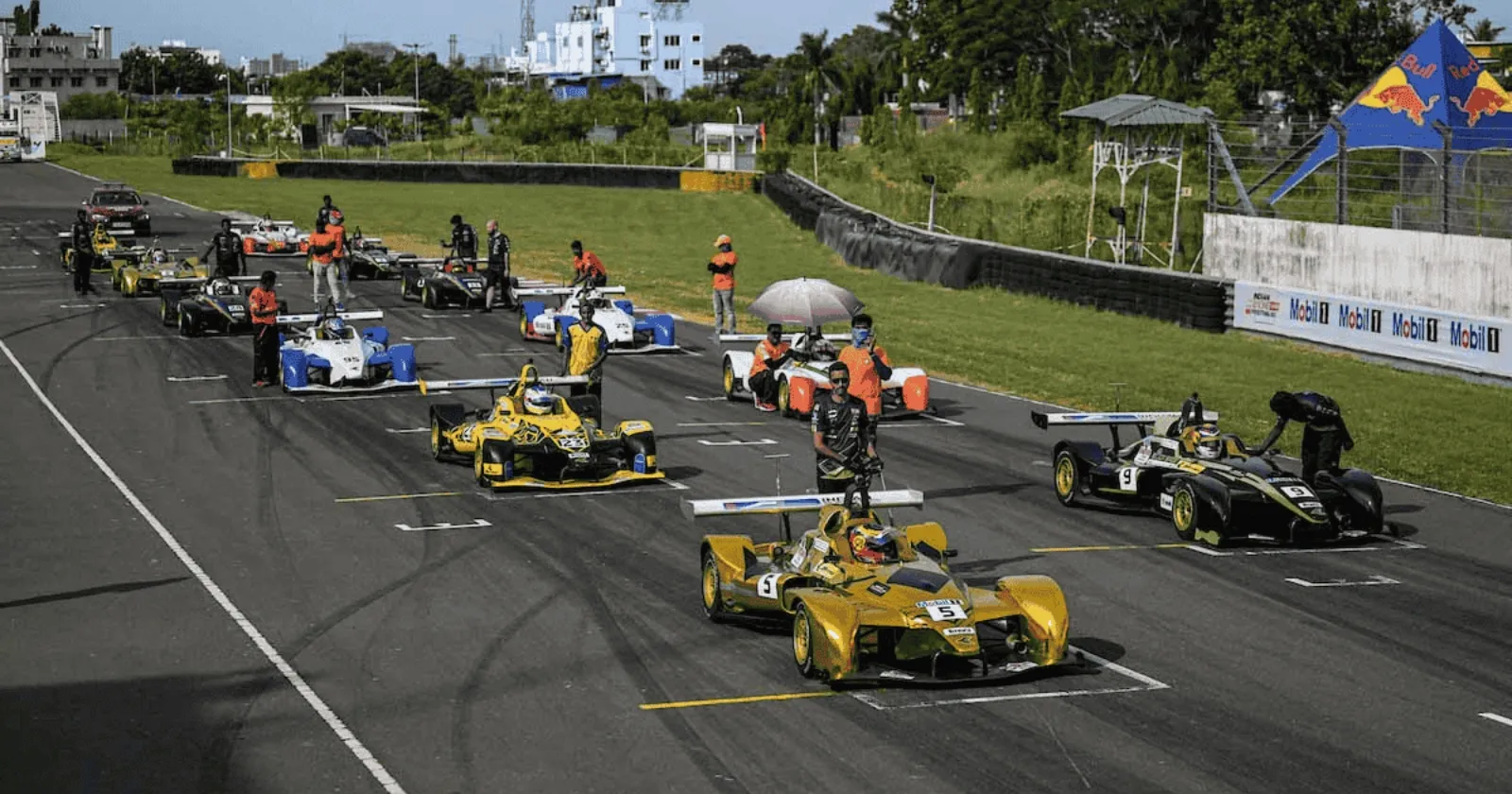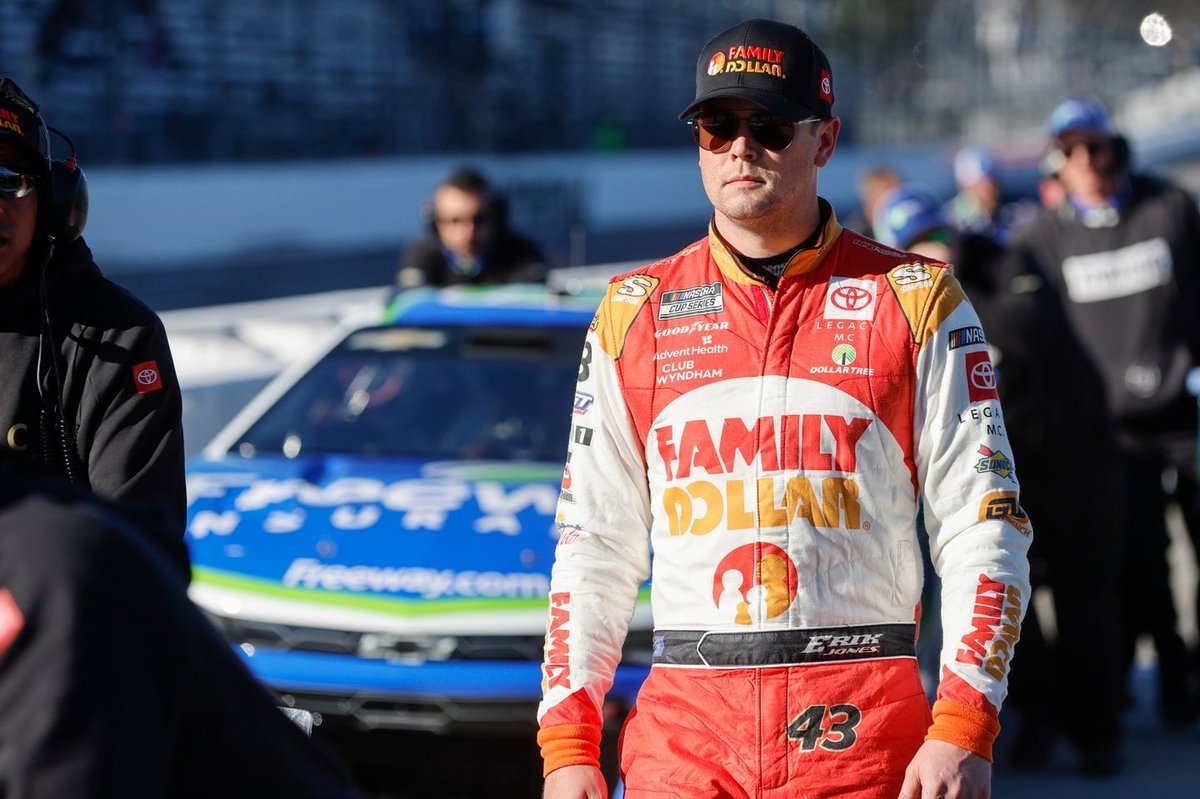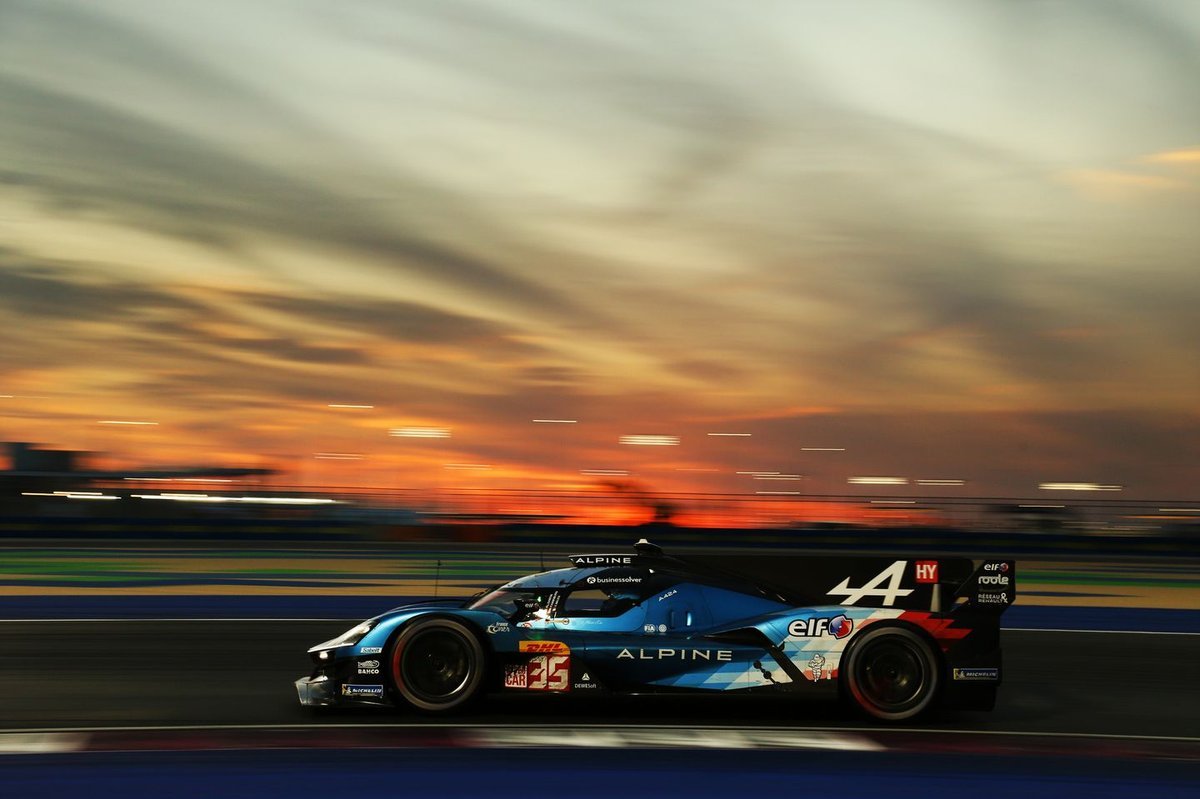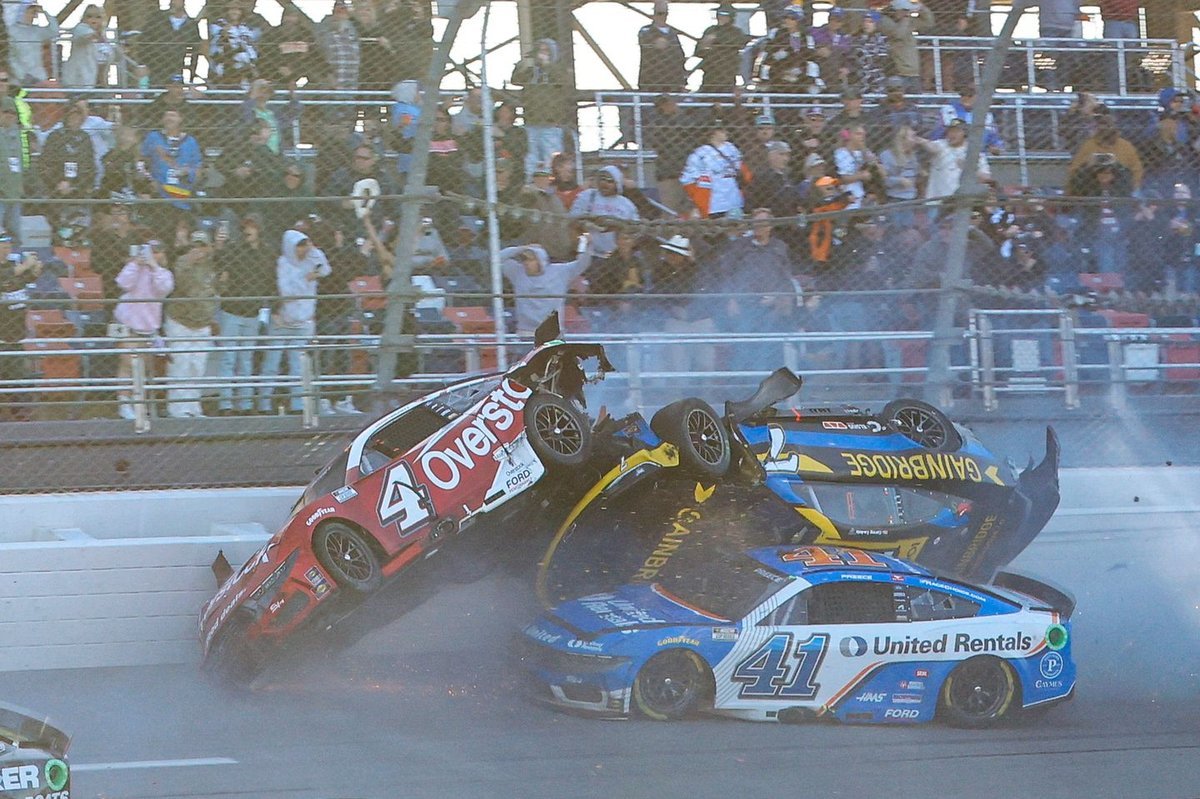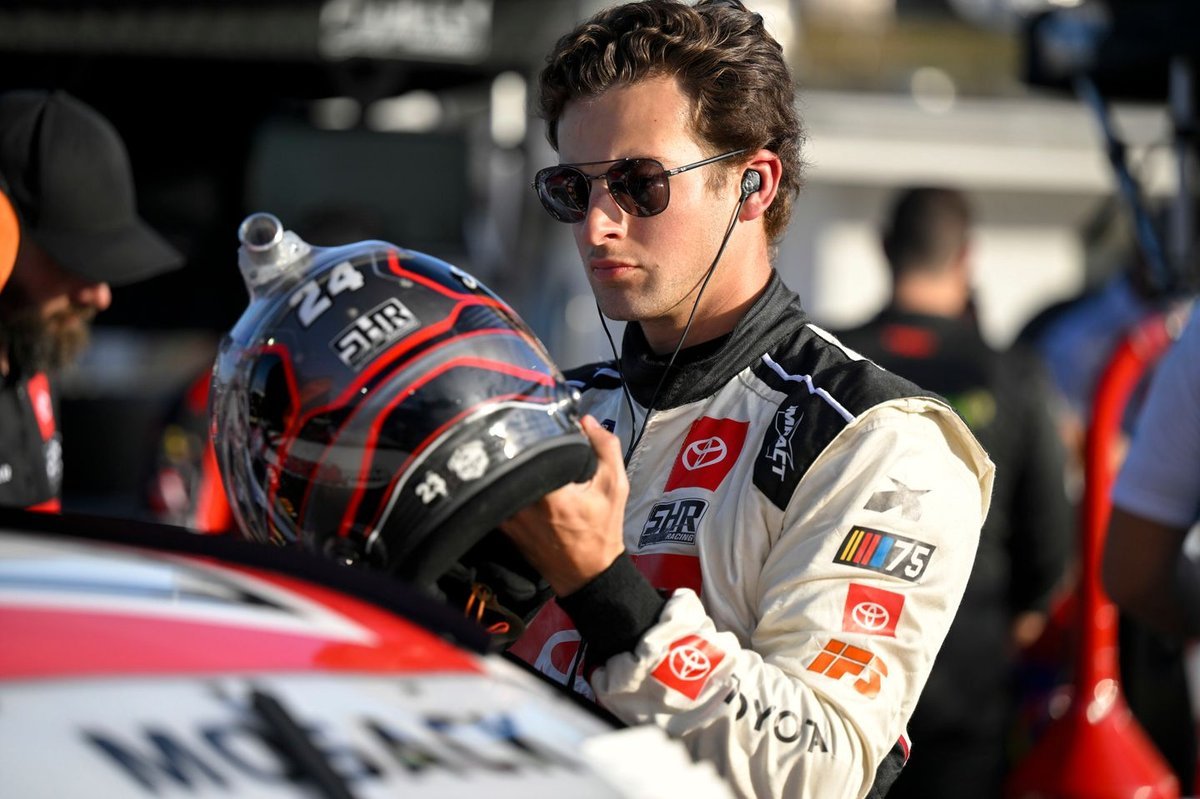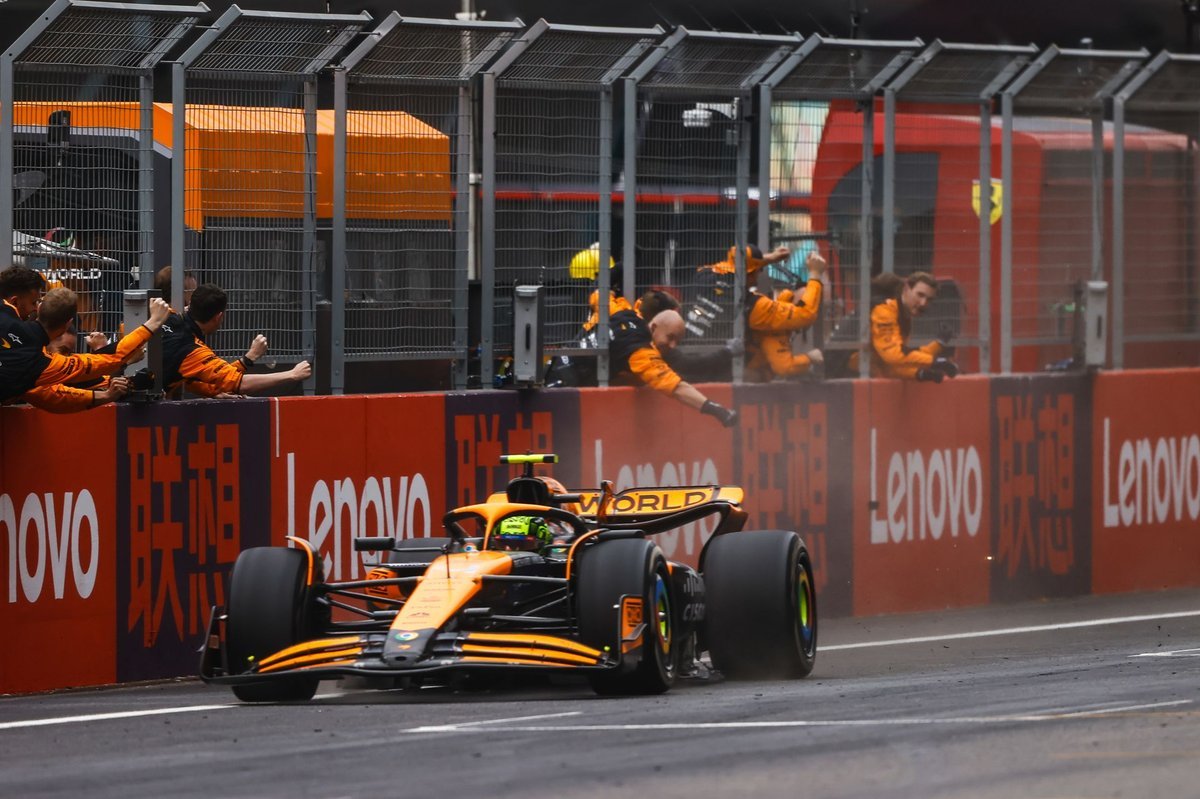
Discover how rising paddock tensions prevented Verstappen from joining the Racing Bulls test and what it means for the season.
Introduction
Have you ever been so close to a big opportunity, but unseen tensions held you back? That’s exactly how Max Verstappen felt when growing paddock frictions blocked him from participating in the Racing Bulls test. In this article, we’ll explore the behind-the-scenes drama that kept one of Formula 1’s top drivers from hitting the track. Let’s unpack the tension, the politics, and what it means for the season ahead.
1. What Are Paddock Tensions?
Paddock tensions are the simmering conflicts and power dynamics behind the scenes in Formula 1. They’re not on TV, but they have a way of bubbling over—and sometimes, they can derail entire plans.
2. The Racing Bulls Test: What It Meant
The Racing Bulls test was a golden opportunity. It’s a chance for a driver to blend in with a new team, get a feel for machinery, and show off a bit. Missing it? A real setback.
3. Where Did Things Go Wrong?
Tensions can come from sponsors pulling strings, team disagreements, or even rivalries. In this case, whispers in the paddock suggested that internal alliances and external pressure made the test impossible for Verstappen.
4. Verstappen’s Side of the Story
From his point of view, it must feel like an open gate that suddenly slammed shut. “Why did I get blocked?” he’d ask. It’s not just disappointing; it’s frustrating when things are out of your hands.
5. Team Politics and Power Plays
Imagine a game of musical chairs where everyone’s elbowing for position. That’s paddock politics for you. Somewhere along the line, someone shifted their seat—and that knocked Verstappen out.
6. Ripple Effect: Season Preparations
Skipping a test isn’t just about missing fun. It’s lost data, fewer practice laps, and less time acclimatizing. That can lead to grip issues, unfamiliar setups—and maybe slower times when the real races begin.
7. Fan Reactions and Speculations
Fans are already buzzing: “Was it sabotage?” “A strategic move?” It’s all speculation—but when rumors fly, public opinion matters. Social media is lighting up with theories.
8. Why It Matters for Formula 1
It’s not just one test. It reflects the complex ballet of drivers, teams, sponsors, and politics. It’s why Formula 1 isn’t just fast cars—it’s fast strategy, fast decisions, fast drama.
9. Can Tensions Be Resolved?
Like a tangled knot, paddock tensions may need careful undoing. Cooler heads, mediation, or even a neutral party could smooth things over—if everyone’s willing.
10. What Next for Verstappen?
Will he get another shot? Maybe a private test, or extra simulator time? The goal is to level the playing field again—and salvage lost training ground.
11. Analogy: A Rumbling Volcano
Think of the paddock as a volcanic mountain—calm on the surface, but pressure builds underneath. When tensions release, they erupt—and sometimes, they scorch opportunities like that test.
12. Lessons for Teams and Drivers
Communication is key. When everyone’s talking openly, misunderstandings shrink. Having contingency plans matters too—like backup simulator or dyno sessions when real tests slip.
13. Comparison with Past Incidents
Remember when Driver X missed that test because of contract wrangling? The echoes are familiar. Formula 1 has seen this before—and each time, it reminds us how tightly this sport is wound.
14. What This Means for Racing Bulls
For Racing Bulls, blocking Verstappen isn’t free. They lose data, media buzz, and potentially a smoother future partnership. In the paddock, today’s advantage can be tomorrow’s regret.
15. Final Thoughts
This story goes beyond laps and setup sheets. It’s about power, pressure, and the human side of racing. Verstappen might’ve been blocked from that test—but his next move could be the one we all remember.
Conclusion
In the high-speed world of Formula 1, paddock tensions aren’t just drama—they can change the race before any checkered flag waves. When Max Verstappen was kept from the Racing Bulls test, the consequences rippled through preparation, performance, and politics. But like any tense moment, there’s potential for resolution—and a bigger comeback. Let’s keep watching: the next corner could bring a fierce burst of speed—and clarity.
FAQs
1. What exactly are paddock tensions?
They’re the silent conflicts and strategic power moves behind the scenes—from sponsor demands to team politics.
2. Why was the Racing Bulls test important for Verstappen?
It was a chance to adapt to a new car, build data, and get into rhythm—missing it hurts preparation.
3. Is blocking a driver from a test common in F1?
Not ordinary, but similar conflicts have happened—usually rooted in contracts, timing, or politics.
4. Can Verstappen still make up for the missed test?
It’s possible—through private testing, sim work, or team adjustments, if all parties cooperate.
5. Could this tension affect Verstappen’s performance in the actual season?
Definitely—it depends on how well he and his team manage the gap. Recovery now could shape his future race outcomes.

